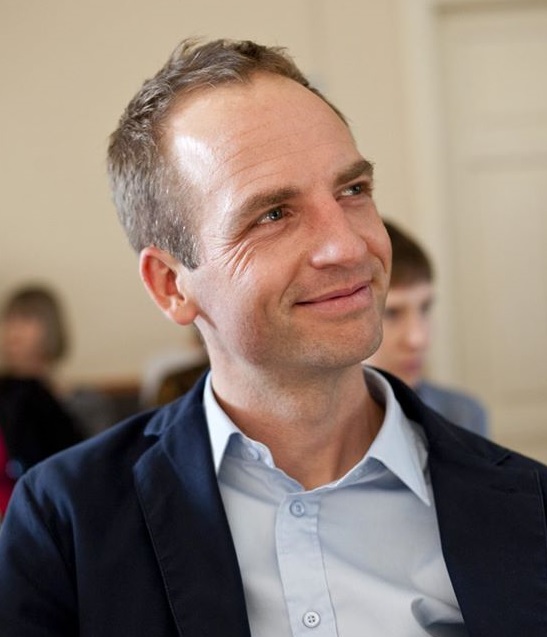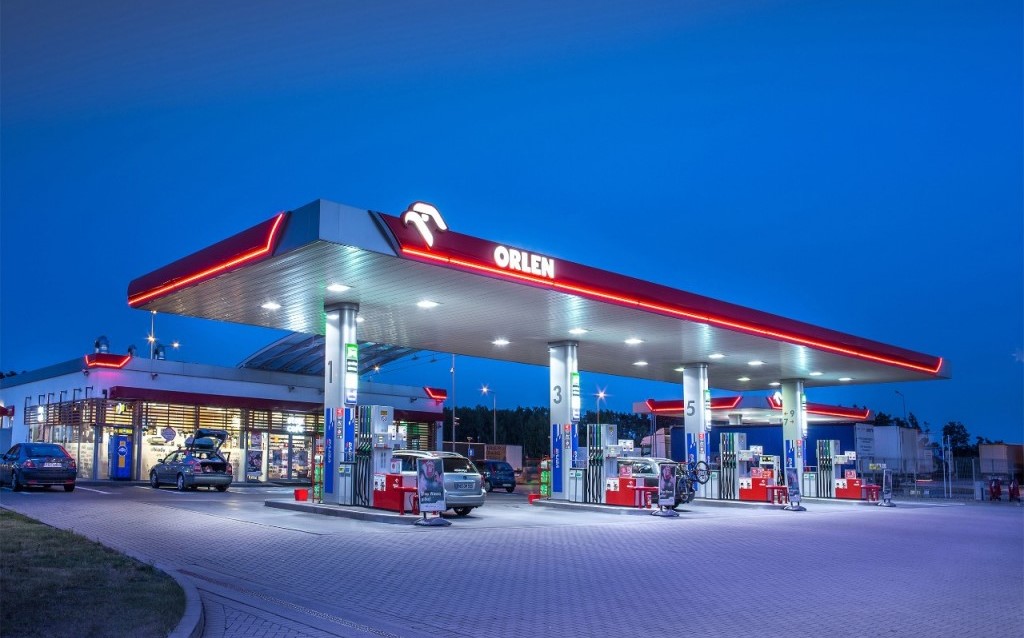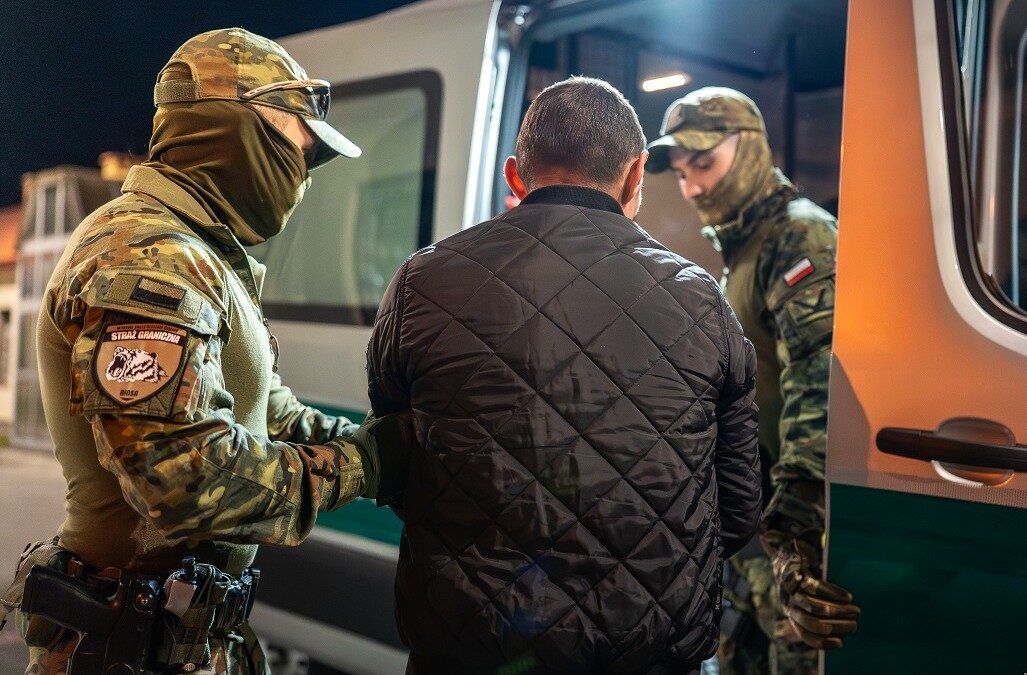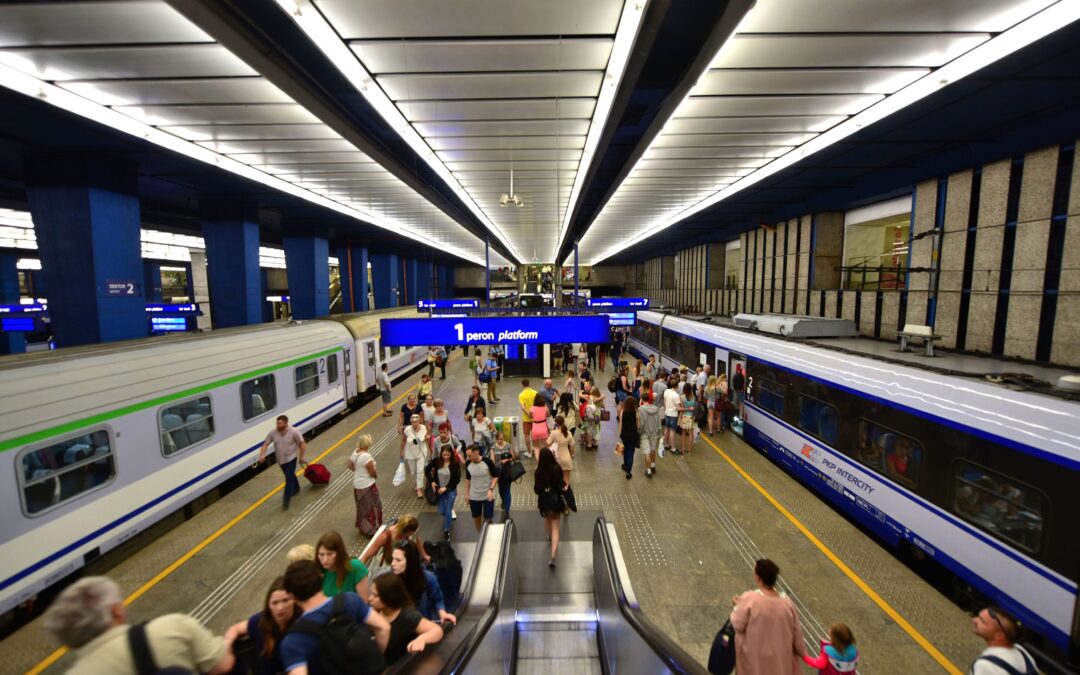Motorists in Germany have been crossing into Poland to tank up after learning that they could save up to 30 euro cents per litre on petrol and diesel. The discrepancy follows a reduction on fuel tax in Poland in response to rising inflation, which is soon to be followed by temporary VAT cuts on fuel.
German local newspapers have printed a glossary of useful terms in Polish to make sure those heading to Poland do not use the wrong pump. Meanwhile, new petrol stations are opening in Poland aimed at fuel tourists, with signs in German and payments accepted in euro.
Preisbewusste Tanktourist:innen zieht es derzeit nach #Polen – denn dort kann der Liter #Kraftstoff bis zu 30 Cent günstiger sein. Und die Preise sollen noch einmal zu #Neujahr fallen. https://t.co/7T4OKPmhjV#benzin #tanken #tankeninpolen #tanktourismus pic.twitter.com/2ZYR7oJiWE
— rbb|24 (@rbb24) December 21, 2021
Cross-border fuel tourism became more attractive on Monday for people living in eastern Brandenburg, next to the Polish border, as new measures designed to limit the impact of Poland’s highest inflation in two decades came into place, reports Märkische Allgemeiner, a regional newspaper.
They included a cut on excise tax to the EU minimum, which will be followed on 1 January by a lowering of VAT on fuel.
The difference in price could amount to 30 cents per litre, meaning €15 for a standard 50 litre tank, the newspaper notes. It also offers readers a primer on the Polish equivalents of names of different types of petrol and diesel available at filling stations to avoid any accidents for those without a command of the language.
Nordkurier, a news service in Mecklenburg-Vorpommern, which also has a border with Poland, predicts that sinking prices in Poland could trigger an increase in fuel tourism. It notes that Daniel Obajtek, head of Polish state fuel giant Orlen, foresees a 6.5 eurocent per litre drop in prices.
New petrol stations are opening on the Polish side of the border, where most clients have German number plates, reports Business Insider Polska. One newly opened Lotos station has a banner welcoming them in their own language: “Offen! Herzlich willkommen”.
Although prices have risen to record levels in Poland, the increases in Germany have been no smaller. The average cost of a litre in 2020 was €1.57, compared to €1.29 the previous year, Business Insider notes. As well as cheaper fuel, drivers also often take back large quantities of cigarettes, which continue to be much cheaper in Poland.
“Perhaps Poland is not a cheap country any more,” one German driver told Business Insider. “But somehow I can’t imagine the prices at petrol stations or of cigarettes reaching the German ones. So I guess the stations can count on us.”
“We always fill up here,” another motorist told RBB24, a news website covering Berlin and Brandenburg. “We never fill up in Germany, because it is simply cheaper [in Poland].”
As well as giving readers a language lesson, German newspaper have also warned them of current restrictions on crossing the border. Germans crossing the border without a Covid certificate are supposed to enter quarantine for 10 days, notes Märkische Allgemeiner.
Poland is currently classified as a high-risk area for Covid infection in Germany, meaning that unvaccinated people have to quarantine after returning, although local border traffic is exempt, the newspaper adds.
Main image credit: Orlen press materials

Ben Koschalka is a translator, lecturer, and senior editor at Notes from Poland. Originally from Britain, he has lived in Kraków since 2005.




















